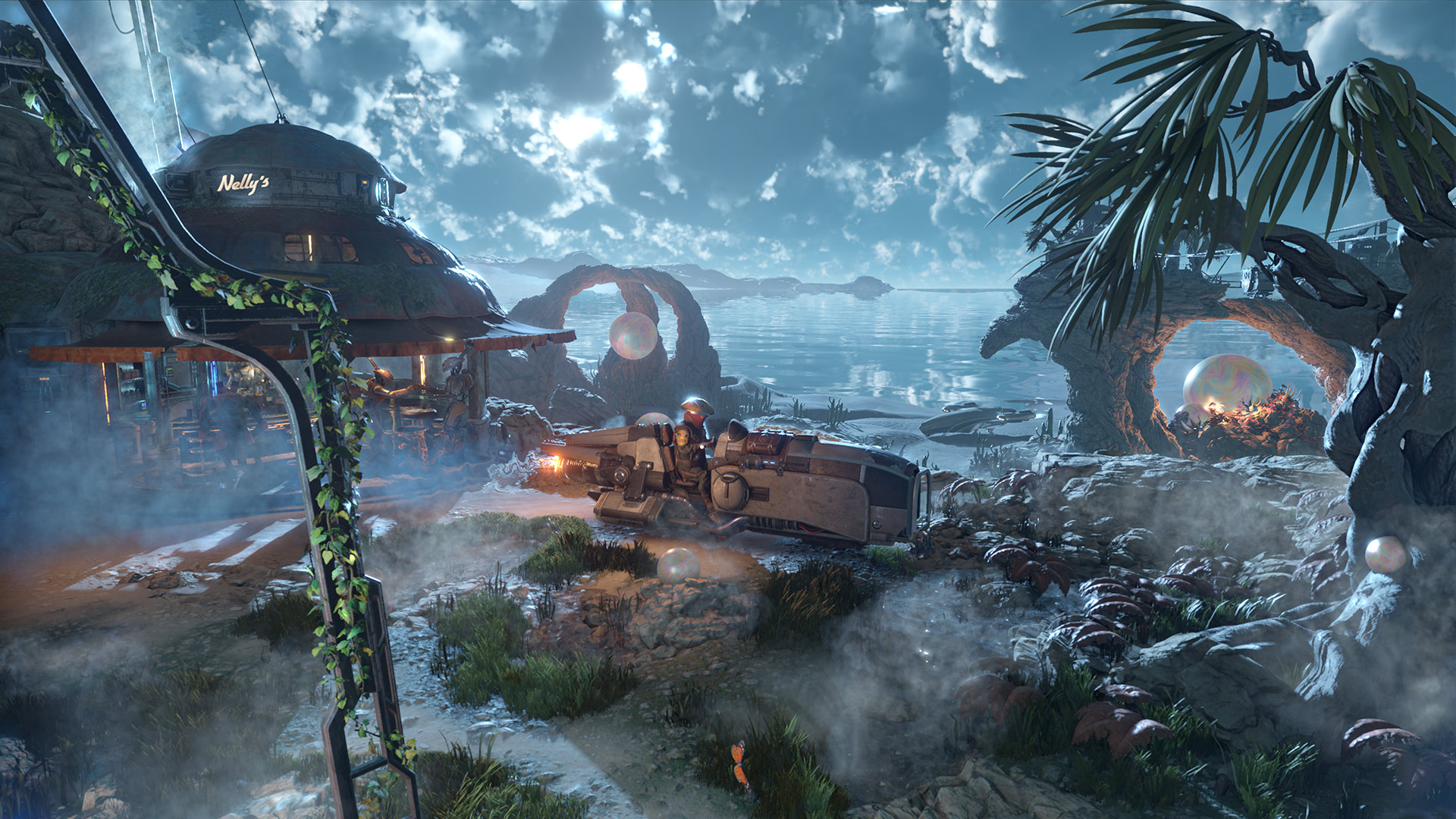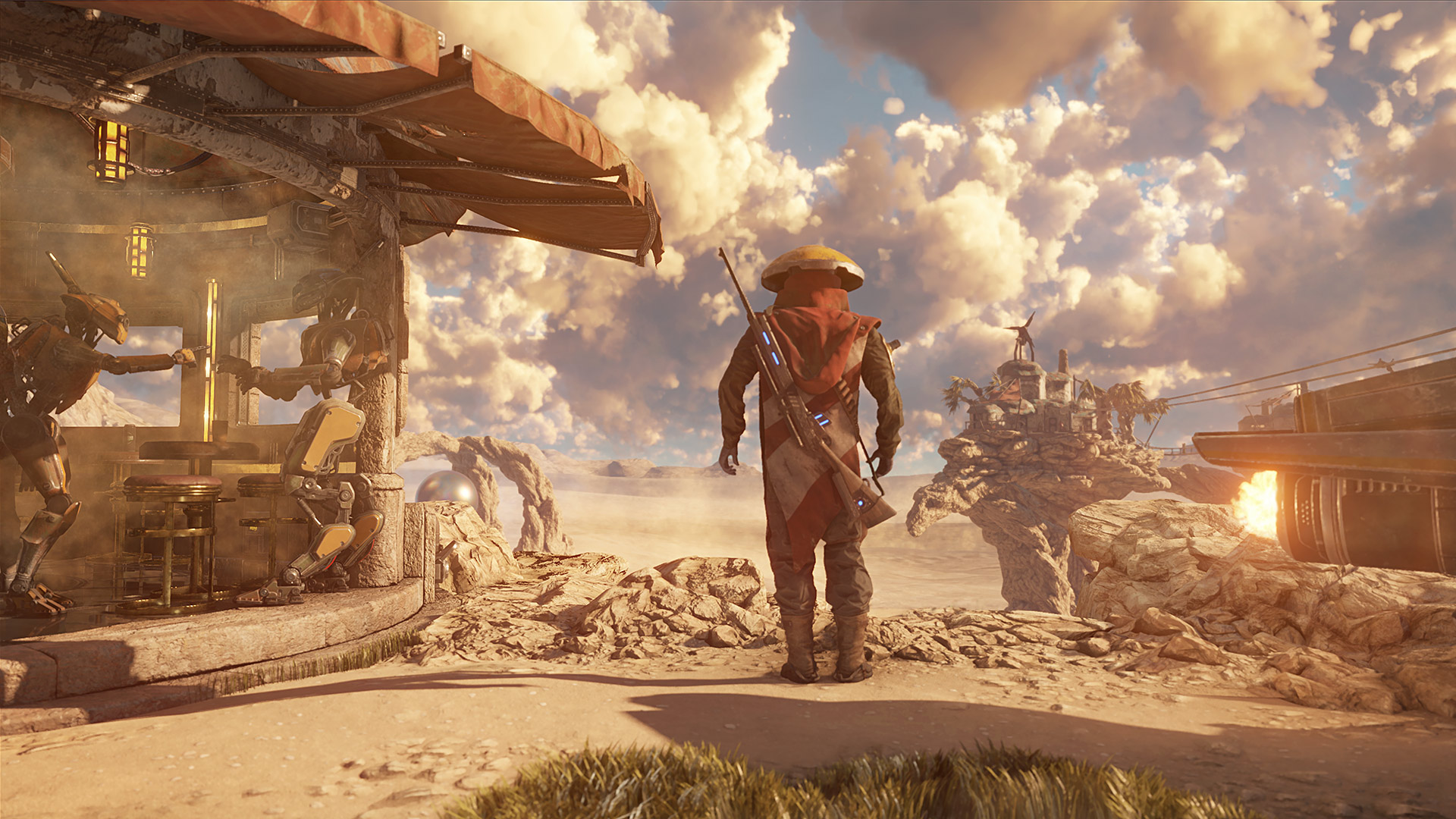UL announces the 3DMark Steel Nomad benchmark for you to punish your rig with
We'll be running that one a few times, no doubt.

UL Solutions, the makers of the ever popular 3DMark benchmarking software, has announced 3DMark Steel Nomad. It's set to replace the now aging Time Spy benchmark, and it's sure to bring even the best rigs to their knees, as any new 3Dmark software should!
Steel Nomad is a heavy non-ray tracing cross-platform benchmark. It will support DirectX 12 via Windows, but also macOS and iOS using Metal, Android using Vulkan, and Linux using Vulkan. So far, only three screenshots have been teased and they certainly look good. For now we don't have any information on the structure of the test(s), though a CPU test would seem likely.



Why doesn't Steel Nomad support ray tracing? Well, there are the Speed Way and Port Royal benchmarks for that. Despite the industry and Nvidia in particular shouting about ray tracing from the rooftops, enabling it still incurs a hefty performance hit, and mid-tier graphics cards don't yet have the horsepower to run ray traced games consistently, particularly at higher resolutions. Rasterization still matters, and a cutting edge benchmark suitable for graphics cards old and new is welcome.
As a long time, now-retired extreme overclocker, I have spent hundreds of hours and hundreds of liters of liquid nitrogen benchmarking 3DMark over the years. As older versions become increasingly CPU limited over time, overclockers will welcome Steel Nomad, provided it scales with GPU power. I might not dust off the dewar and ln2 pot, but I for one will definitely be spending a lot of hours running Steel Nomad when it launches.
UL didn't announce a release date, pricing or video of the benchmark, so it might be a bit of a wait. Given Time Spy's enduring popularity—UL says there are over 42 million submitted results—there's little reason to doubt that Steel Nomad will become the benchmark for synthetic graphics card benchmarking. So to speak.
Best CPU for gaming: Top chips from Intel and AMD.
Best gaming motherboard: The right boards.
Best graphics card: Your perfect pixel-pusher awaits.
Best SSD for gaming: Get into the game first.
Keep up to date with the most important stories and the best deals, as picked by the PC Gamer team.

Chris' gaming experiences go back to the mid-nineties when he conned his parents into buying an 'educational PC' that was conveniently overpowered to play Doom and Tie Fighter. He developed a love of extreme overclocking that destroyed his savings despite the cheaper hardware on offer via his job at a PC store. To afford more LN2 he began moonlighting as a reviewer for VR-Zone before jumping the fence to work for MSI Australia. Since then, he's gone back to journalism, enthusiastically reviewing the latest and greatest components for PC & Tech Authority, PC Powerplay and currently Australian Personal Computer magazine and PC Gamer. Chris still puts far too many hours into Borderlands 3, always striving to become a more efficient killer.


